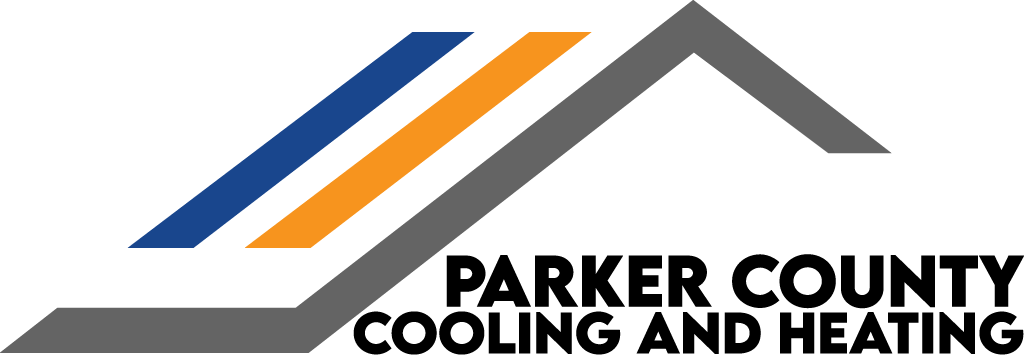
We spend a lot of time in our homes. As a matter of fact, the Environmental Protection Agency (EPA) has estimated being within a building comprises 90% of our time. Although, the EPA also has found your indoor air can be three to five times dirtier than outdoors.
That’s since our residences are firmly sealed to enhance energy efficiency. While this is fantastic for your utility costs, it’s not so fantastic if you’re among the 40% of the population with respiratory allergies.
When outdoor ventilation is limited, pollutants including dust and volatile organic compounds (VOCs) may get stuck. As a consequence, these pollutants can worsen your allergies.
You can improve your indoor air quality with clean air and regular cleaning and vacuuming. But if you’re still having problems with symptoms when you’re at your residence, an air purifier may be able to help.
While it can’t get rid of pollutants that have settled on your furniture or flooring, it could help clean the air moving throughout your home.
And air purification has also been scientifically verified to help reduce some allergic symptoms, according to the American College of Allergy, Asthma and Immunology. It can also be appropriate if you or someone in your household has lung trouble, including emphysema or COPD.
There are two options, a portable air purifier or a whole-home air purifier. We’ll discuss the differences so you can figure out what’s correct for your house.
Whole-House Air Purifier vs. Portable Air Purifiers
A portable air purifier is for one room. A whole-house air purifier accompanies your heating and cooling system to clean your complete residence. Some models can clean on their own when your HVAC equipment isn’t operating.
What’s the Best Air Purifier for Allergies?
Seek an option with a High Efficiency Particulate Air (HEPA) filter. HEPA filters are installed in hospitals and offer the greatest filtration you can buy, as they trap 99.97% of particles in the air.
HEPA filters are even more useful when combined with an ultraviolet (UV) germicidal light. This powerful combination can wipe out dust, dander, pollen and mold, all of which are common allergens. For the ultimate in air purification, evaluate a system that also has a carbon-based filter to reduce household odors.
Avoid getting an air purifier that makes ozone, which is the top element in smog. The EPA warns ozone may irritate respiratory troubles, even when released at small amounts.
The Allergy and Asthma Foundation of America has compiled a list of questions to think over when buying an air purifier.
- What can this purifier take out from the air? What doesn’t it take out?
- What’s its clean air delivery rate? (A bigger number means air will be purified faster.)
- How frequently does the filter or UV bulb need to be replaced]? Can I finish that without help?
- How much do new filters or bulbs cost?
How to Reduce Seasonal Allergy Symptoms
Want to receive the {top|most excellent|best] results from your new air purification equipment? The Mayo Clinic suggests completing other procedures to limit your exposure to things that can trigger seasonal allergies.
- Stay indoors and keep windows and doors closed when pollen counts are heightened.
- Have other household members mow the lawn or pull weeds, since these jobs can worsen symptoms. If you are required to do these chores yourself, consider trying a pollen mask. You should also bathe immediately and put on new clothes once you’re completed.
- Avoid hanging laundry outside your home.
- Use your air conditioner while at your house or while driving. Consider adding a high efficiency air filter in your house’s HVAC unit.
- Balance your residence’s humidity percentage with a whole-house dehumidifier.
- Hardwood, tile or linoleum are the ideal flooring types for reducing indoor allergens. If your home has carpet, use a HEPA filter on your vacuum cleaner.
Let Our Professionals Handle Your Indoor Air Quality Requirements
Prepared to progress with installing a whole-house air purifier? Give our specialists a call at 817-380-5213 or contact us online to request an appointment. We’ll help you locate the ideal equipment for your residence and budget.
